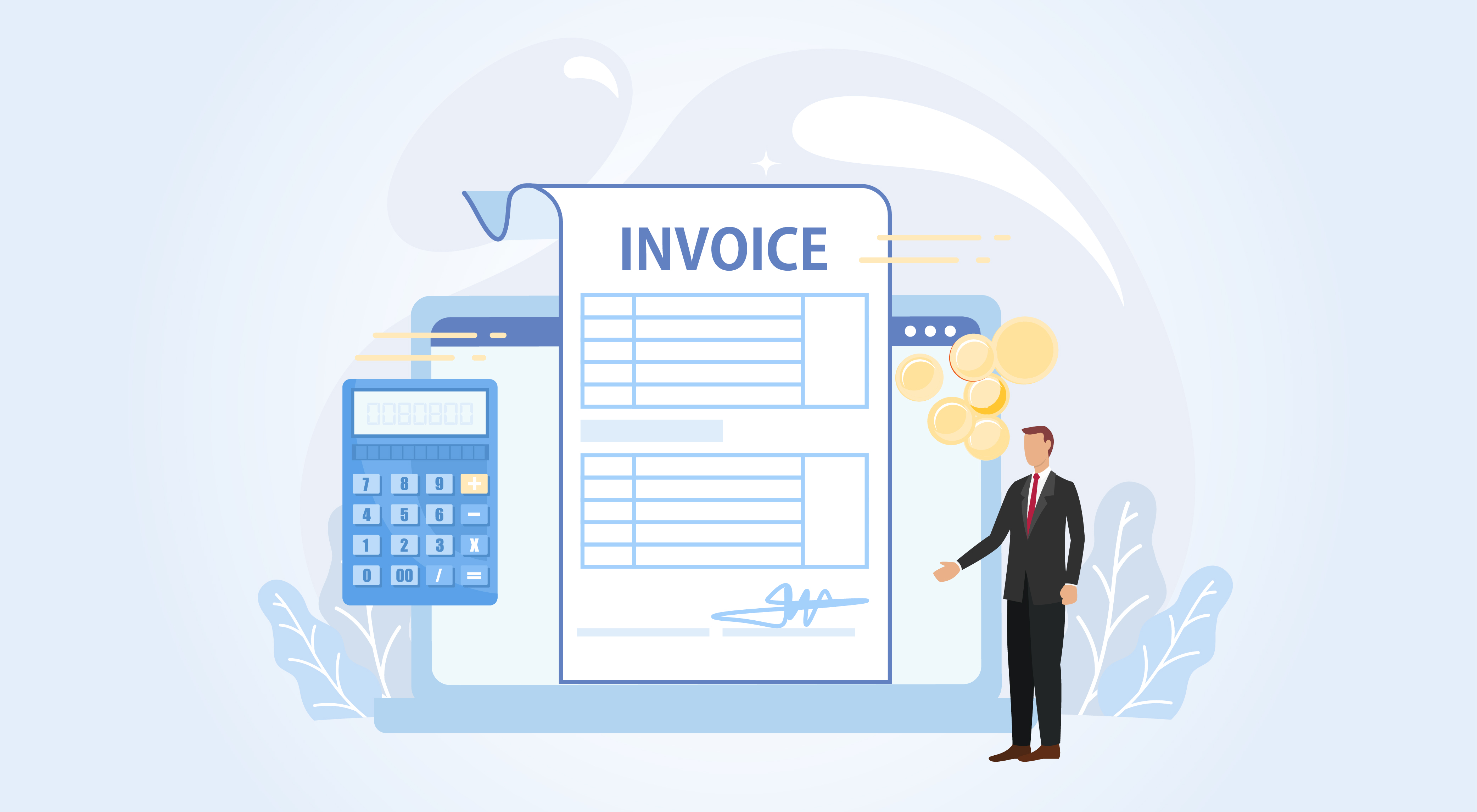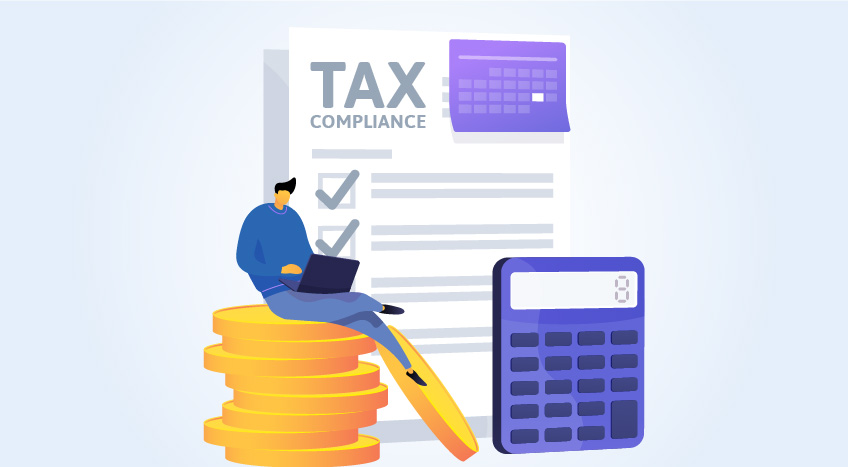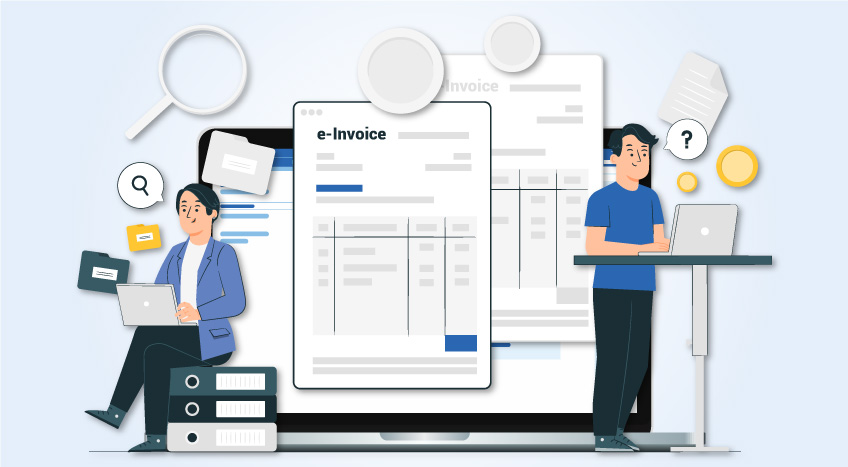In Saudi Arabia, invoicing is more than just issuing receipts; it’s a critical part of ensuring compliance with Value Added Tax (VAT) regulations. VAT was introduced to align with the country’s Vision 2030 strategy, aiming to diversify the economy. In this blog, we’ll take a closer look at the types of invoice in Saudi Arabia and how businesses can navigate these requirements effectively.
What is VAT and Why is It Important in Saudi Arabia?
VAT, or Value Added Tax, is a consumption tax applied at each stage of the supply chain. Since its implementation in 2018, VAT has become a vital source of revenue for Saudi Arabia, helping to reduce dependency on oil. Invoicing ensures businesses can accurately calculate and report VAT, fostering trust and compliance within the system.
VAT Invoicing Rules in Saudi Arabia
To make VAT compliance straightforward, the Zakat, Tax, and Customs Authority (ZATCA) has set clear invoicing guidelines:
|
Rule |
Details |
|
Invoice Types |
Standard Tax Invoice, Simplified Tax Invoice, Summary Tax Invoice |
|
Language |
Invoices must be in Arabic (bilingual invoices are allowed) |
|
E-Invoicing |
Mandatory for all VAT-registered businesses |
|
Contents of Invoice |
Specific details such as VAT number, date of supply, etc., are required |
|
Timeline for Issuance |
Must be issued within 15 days after the month of supply |
|
Special Circumstances Invoices |
Special rules apply for self-billed invoices, third-party billing, etc. |
Types of VAT Invoices
Saudi Arabia recognizes three main types of invoices:
- Standard Tax Invoice
- Simplified Tax Invoice
- Summary Tax Invoice
Let’s explore each type in detail.
Standard Tax Invoice
A standard tax invoice is primarily used for business-to-business (B2B) transactions and supplies where the VAT amount exceeds SAR 1,000. This invoice acts as a formal document for VAT reporting.
A tax invoice is not required for VAT-exempt supplies or small transactions under the simplified invoice threshold.
Here’s what a standard tax invoice must include:
- Seller and buyer details (names, addresses, VAT registration numbers)
- Invoice date and number
- Description of goods/services provided
- VAT rate and amount
- Total amount (including VAT)
Sample Tax Invoice (An image of a sample standard tax invoice would be included here)
When Should You Issue a Tax Invoice? Tax invoices must be issued within 15 days of the end of the month in which the supply occurs.
Does the Date of Supply Matter? Absolutely! The date of supply determines the tax period in which VAT is due, ensuring accurate reporting.
Simplified Tax Invoice
This type of invoice is designed for business-to-consumer (B2C) transactions where the VAT amount is less than SAR 1,000. It’s straightforward and less detailed than a standard tax invoice.
Retailers and businesses dealing directly with consumers often issue these invoices.
A simplified tax invoice should have:
- Seller’s name, address, and VAT registration number
- Invoice date
- Description of goods/services
- Total amount (including VAT)
Sample Simplified Tax Invoice
Summary Tax Invoice
A summary tax invoice is used to consolidate multiple supplies made to the same customer over a specific period. It’s particularly useful for recurring transactions or bulk invoicing.
Key Points About Summary Tax Invoices
- Must include all standard tax invoice details
- Lists all supplies and VAT amounts per transaction
Special Circumstances for Invoicing
Self-Billed Tax Invoice
What is It? A self-billed tax invoice is when the buyer issues an invoice on behalf of the supplier. This is common in specific industries or pre-agreed contracts.
Conditions for Self-Billed Invoices
- There must be a written agreement between the supplier and buyer.
- The supplier must be VAT-registered.
- The invoice must meet VAT content requirements.
Third-Party Billing
When Can You Use Third-Party Billing? Third-party billing is permitted if authorized individuals or companies issue invoices on behalf of a business. This approach requires proper documentation and adherence to VAT rules.
Self-Accounting of VAT
Self-accounting applies in reverse charge scenarios. For instance, in cross-border transactions, the buyer accounts for VAT instead of the supplier.
Profit-Margin Billing
When Is Profit-Margin Billing Used? This method is used for specific cases, such as second-hand goods. VAT is applied only to the profit margin, not the total sale amount.
Wrapping It Up
Understanding the types of invoicing in Saudi Arabia is crucial for businesses to stay compliant and efficient. Whether it’s a standard tax invoice for B2B transactions or a simplified invoice for retail sales, each type serves a unique purpose. By adhering to VAT rules and using the right invoicing methods, businesses can operate smoothly while contributing to Saudi Arabia’s growing economy.
Explore more Products









